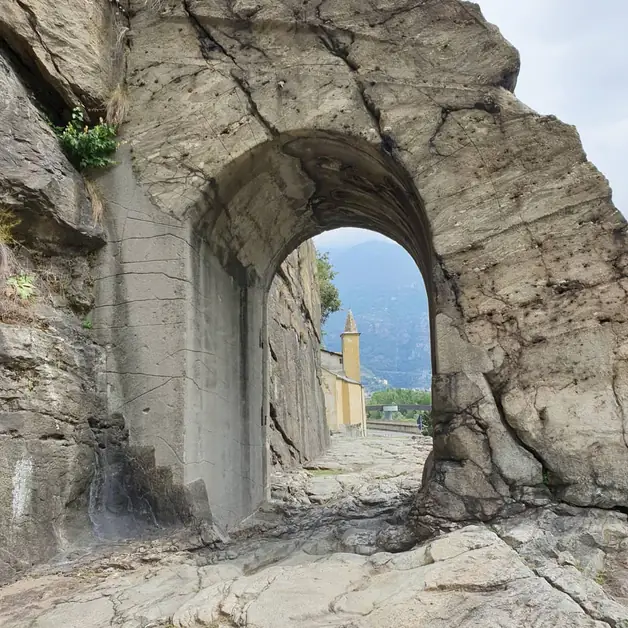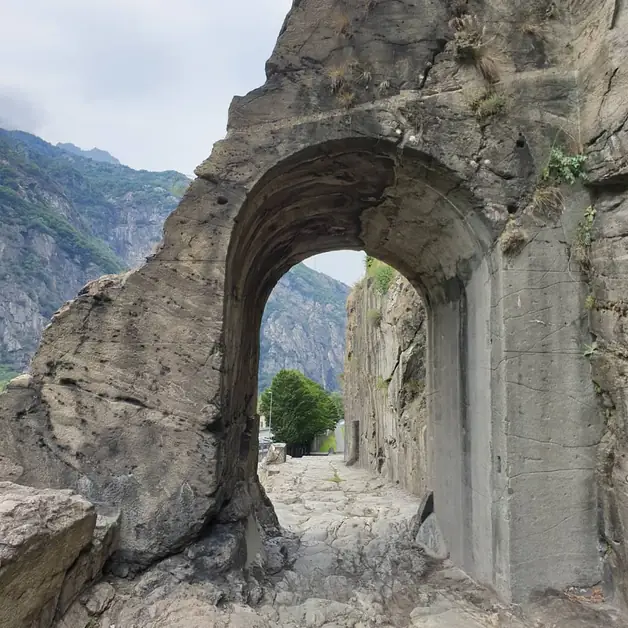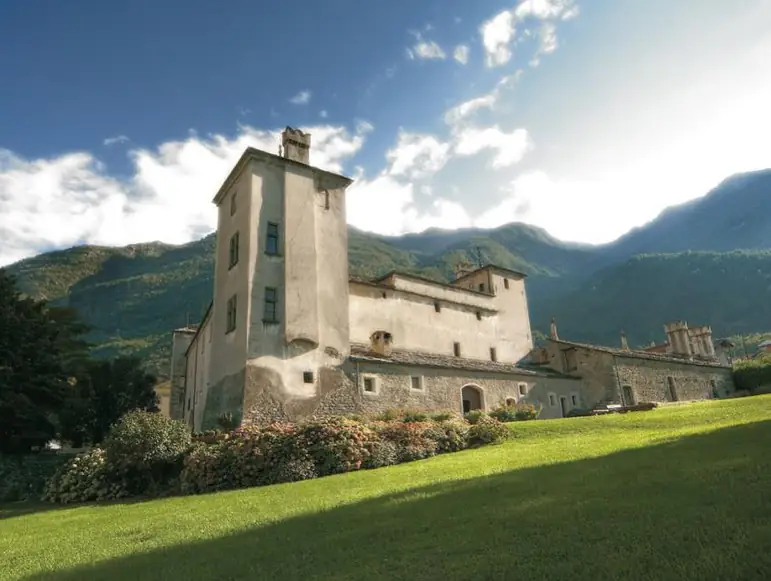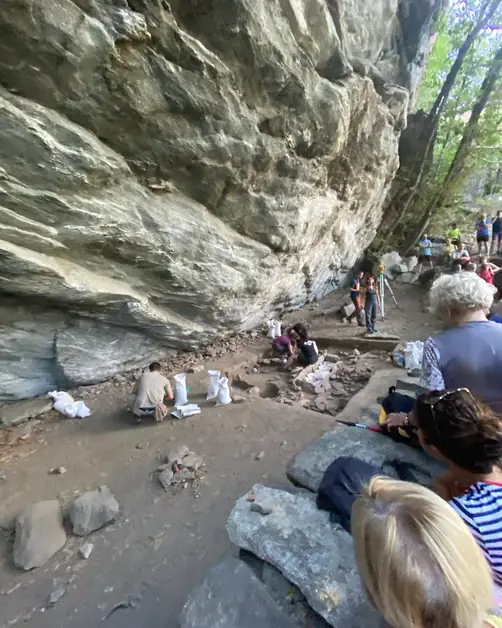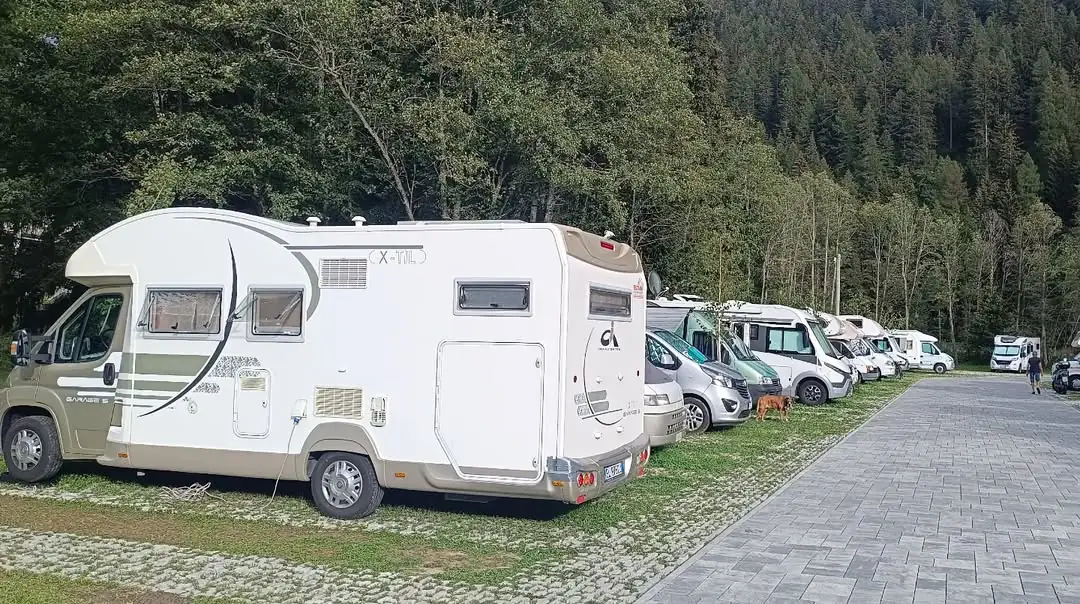Explore the Ecomuseum of the Dairy in Donnas
The Ecomuseum of the Dairy in Donnas is a unique place that celebrates the dairy tradition of the Aosta Valley.
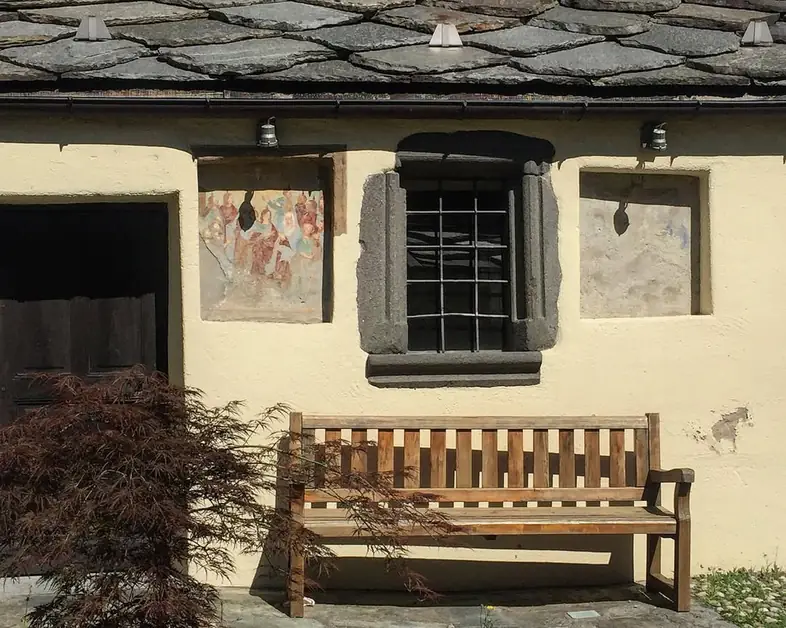
What is the Ecomuseum of the Dairy in Donnas in Aosta Valley?
The Ecomuseum of the Dairy in Donnas is a small yet fascinating museum located in the heart of the Aosta Valley, dedicated to the local dairy tradition and particularly to the processing of milk and cheese. It is situated on Via Treby, within a historic building that once belonged to the Confraternity of the Holy Spirit.
Why visit a milk museum in Aosta Valley?
The Aosta Valley is famous for its cheeses, especially the Fontina DOP, a symbol of alpine cuisine and culture. Visiting the Ecomuseum of the Dairy means discovering how milk was produced and transformed into butter and cheeses by local farmers, in an era when every village had its small dairy.
Where is the Ecomuseum of the Dairy located in Donnas?
The museum is located in Donnas, a charming village in the lower Aosta Valley, precisely on Via Treby, not far from the historic center. The location is also ideal for those visiting the nearby Medieval Village of Donnas and the famous Roman Gate along the Via Francigena.
What is the history of the building that houses the Ecomuseum?
The building has a long and fascinating history. It was once the headquarters of the Confraternity of the Holy Spirit, a charitable organization documented as early as the 12th century. An inscription still visible inside even dates back to 1012, making this place one of the oldest in Donnas. The confraternity was responsible for providing food and shelter to the poor and homeless.
When was the Dairy of Treby in Donnas founded?
The Social Dairy of Treby was established in 1897 as a collective initiative by local farmers. In 1902, it moved into the building of the Confraternity, which would remain its headquarters until 1980. For decades, local producers brought their milk here to transform it together into butter and cheeses.
When was the Ecomuseum of the Dairy inaugurated?
After the closure of the dairy, the building remained unused for several years. In 2000, the Municipality of Donnas purchased the structure and, after a recovery and enhancement project, inaugurated the Ecomuseum in 2003. Today it is open to visitors and preserves the original tools used in milk processing.
What can be seen inside the Ecomuseum of the Dairy?
Inside the museum, visitors can see: original tools for milking and processing milk, boilers and molds for cheese production, old documents and period photographs, informative panels that tell the story of the dairy and the village of Donnas. The path is simple, suitable for families with children, and rich in curiosities related to daily life in the past.
Who can visit the Ecomuseum? Is it suitable for children?
The Ecomuseum is suitable for all ages. Children can learn in a fun way how cheese is made and what life was like in the mountains in the past. Visits are either free or by reservation, and during the summer there are themed events and days.
How long does it take to visit the Ecomuseum of the Dairy?
The visit lasts about 30-45 minutes, but it can be enriched with a walk in the historic center of Donnas or a stop in the nearby natural areas. It is a perfect stop for those who want to learn more about alpine culture without having to undertake long walks.
Are there parking facilities near the Ecomuseum?
Yes, it is possible to park near Via Treby or in one of the mixed parking areas in the vicinity. Those arriving by camper can use the Camper Stop Area on Strada delle Cascine, or park near the Roman Gate.
Is the Ecomuseum accessible all year round?
Generally, the museum is open during the summer months, but for updated information on hours and special openings, it is advisable to contact the Municipality of Donnas or the tourist office. Some visits can also be organized during the rest of the year by reservation.
Why is the Ecomuseum of the Dairy a must-see in Donnas?
Because it combines culture, tradition, and authenticity. It is a concrete example of how the local community has managed to transform a historic building into a place of living memory. Visiting it helps to understand how important milk production was for the survival of families and for the local economy.
